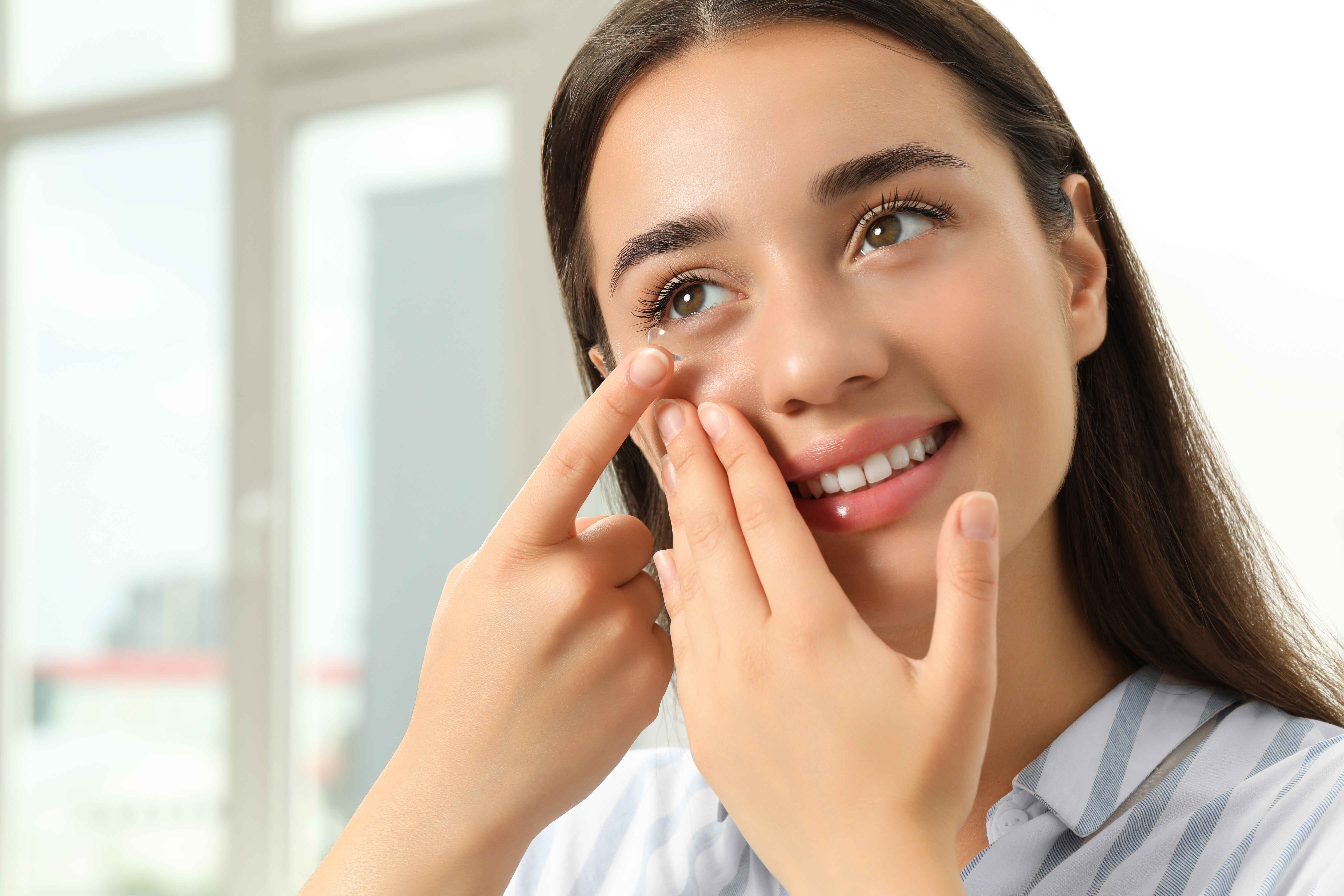Table of Contents
Digital screens are an integral part of the day for most American workers and students, translating into high exposure to blue light. If you’ve been dealing with headaches, eyestrain, and other symptoms, it’s time to look into getting blue-light glasses.
Read on to learn more about selecting the right glasses and how to test blue-light glasses.
Understanding Blue-Light Glasses
Blue-light glasses protect the eyes using an external coating or embedded filter that blocks blue light.
Blue light is a portion of the visible spectrum characterized by short waves, high frequency, and high energy levels compared to other visible colors. While exposure to blue light occurs naturally through sunlight, recent research suggests that increased exposure to blue light linked to screen time harms sleep cycles and can even lead to retinal cell damage.
With the average American spending close to seven hours a day in front of a screen, reducing exposure to blue light can help alleviate eye strain and improve eye health.
Selecting the Right Pair of Blue-Light Glasses
Wearing blue light glasses is a simple step to protect your eyes, but it’s essential to know how to select the right glasses, starting with understanding how to test blue light glasses.
Testing Blue-Light Glasses
Instead of letting blue light waves through, blue light glasses will block and reflect these waves. A simple way of testing blue-light glasses is to stand with your back to a window and turn the glasses toward you.
If the lenses have a blue light coating or embedded filter, you will see a predominantly blue reflection on the surface of the lenses.
This testing method works best for clear lenses that block between 20 and 30% of blue light. If you invest in tinted lenses that block up to 90% of blue light, you can test your new glasses by looking at an image with blue elements. If the tinted lenses function correctly, the blue elements will look black.
Considerations When Selecting Blue Light Glasses
While testing, blue-light glasses can confirm that your lenses block some of the blue light emitted by screens. The safest option is to purchase glasses from a local optometrist, who can recommend quality products.
Here are a few things to keep in mind when visiting your optometrist:
- Blue-light glasses either use a lens coating or an embedded filter. Lenses with embedded filters cost more, but you won’t have to worry about accidentally scratching the coating.
- Invest in a protective coating. Consider investing in additional coating options for durability and improved eye health, such as anti-scratch, anti-reflective, or UV-protective coatings.
- Blue-light lenses can have a corrective or neutral effect on your vision. Schedule an eye exam to find out if you need corrective lenses.
- If you need corrective lenses, your optometrist can help you navigate the lens index. Lenses with a high index are thinner and use high-quality materials that bend the light more effectively. However, low-index lenses tend to be more budget-friendly.
- Consider (polycarbonate) zylonite or plastic frames. Shop around for durable frames that fit comfortably and use a lightweight material.
- Looks matter. Eyeglasses complementing your natural features can become a fun fashion accessory you’ll be more likely to wear daily.
Making Quality Vision Care Accessible
Blue-light protection is increasingly important for everyone’s overall eye health, but not all blue-light glasses are created equal.
As a provider, you can make a difference by discussing the benefits of blue-light glasses and showing patients how to test blue-light glasses.
While vision plans do not typically cover blue light glasses, you can make vision care more accessible to the community by joining the VCD network. Thanks to our negotiated savings model, patients can save on a wide range of services and products that can make extra features like these more attainable.
Wearing blue-light glasses is only one of the many steps you can take to be more proactive about your eye health. As a provider of discounted vision plans, Vision Care Direct of Oklahoma can help you take additional steps, such as accessing affordable annual eye health exams. Contact us for more information or to learn more about how we help patients save on vision care.





















































